
Filter News
Area of Research
News Topics
- (-) 3-D Printing/Advanced Manufacturing (12)
- (-) Bioenergy (19)
- (-) Cybersecurity (7)
- (-) Frontier (10)
- (-) Grid (13)
- (-) Isotopes (4)
- (-) Microscopy (13)
- (-) Quantum Computing (7)
- (-) Space Exploration (4)
- Advanced Reactors (4)
- Artificial Intelligence (14)
- Big Data (9)
- Biology (28)
- Biomedical (6)
- Biotechnology (3)
- Buildings (16)
- Chemical Sciences (15)
- Clean Water (5)
- Composites (3)
- Computer Science (20)
- Coronavirus (9)
- Critical Materials (4)
- Element Discovery (1)
- Energy Storage (25)
- Environment (36)
- Exascale Computing (8)
- Fossil Energy (1)
- Fusion (7)
- High-Performance Computing (16)
- Hydropower (8)
- Irradiation (1)
- ITER (2)
- Machine Learning (10)
- Materials (37)
- Materials Science (16)
- Mercury (1)
- Nanotechnology (9)
- National Security (17)
- Neutron Science (12)
- Nuclear Energy (10)
- Partnerships (8)
- Physics (10)
- Polymers (5)
- Quantum Science (9)
- Security (4)
- Simulation (6)
- Summit (7)
- Transportation (10)
Media Contacts
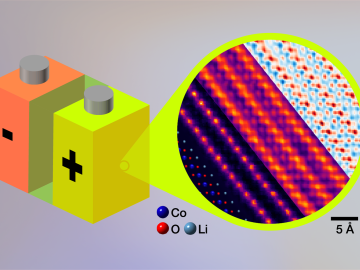
Oak Ridge National Laboratory researchers demonstrated an electron microscopy technique for imaging lithium in energy storage materials, such as lithium ion batteries, at the atomic scale.

Tackling the climate crisis and achieving an equitable clean energy future are among the biggest challenges of our time.
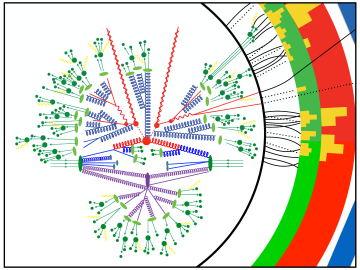
Lawrence Berkeley National Laboratory physicists Christian Bauer, Marat Freytsis and Benjamin Nachman have leveraged an IBM Q quantum computer through the Oak Ridge Leadership Computing Facility’s Quantum Computing User Program to capture part of a

When Andrew Sutton arrived at ORNL in late 2020, he knew the move would be significant in more ways than just a change in location.

Unequal access to modern infrastructure is a feature of growing cities, according to a study published this week in the Proceedings of the National Academy of Sciences

ORNL scientists had a problem mapping the genomes of bacteria to better understand the origins of their physical traits and improve their function for bioenergy production.
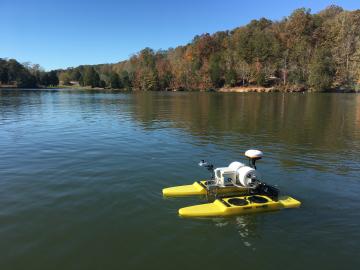
Measuring water quality throughout river networks with precision, speed and at lower cost than traditional methods is now possible with AquaBOT, an aquatic drone developed by Oak Ridge National Laboratory.

The rapid pace of global climate change has added urgency to developing technologies that reduce the carbon footprint of transportation technologies, especially in sectors that are difficult to electrify.
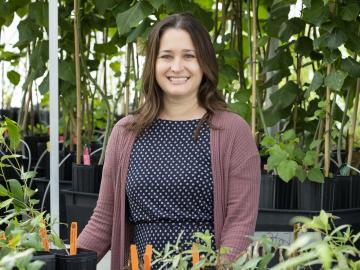
The Center for Bioenergy Innovation at ORNL offers a unique opportunity for early career scientists to conduct groundbreaking research while learning what it takes to manage a large collaborative science center.
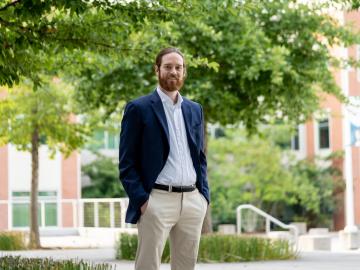
Bryan Piatkowski, a Liane Russell Distinguished Fellow in the Biosciences Division at ORNL, is exploring the genetic pathways for traits such as stress tolerance in several plant species important for carbon sequestration


